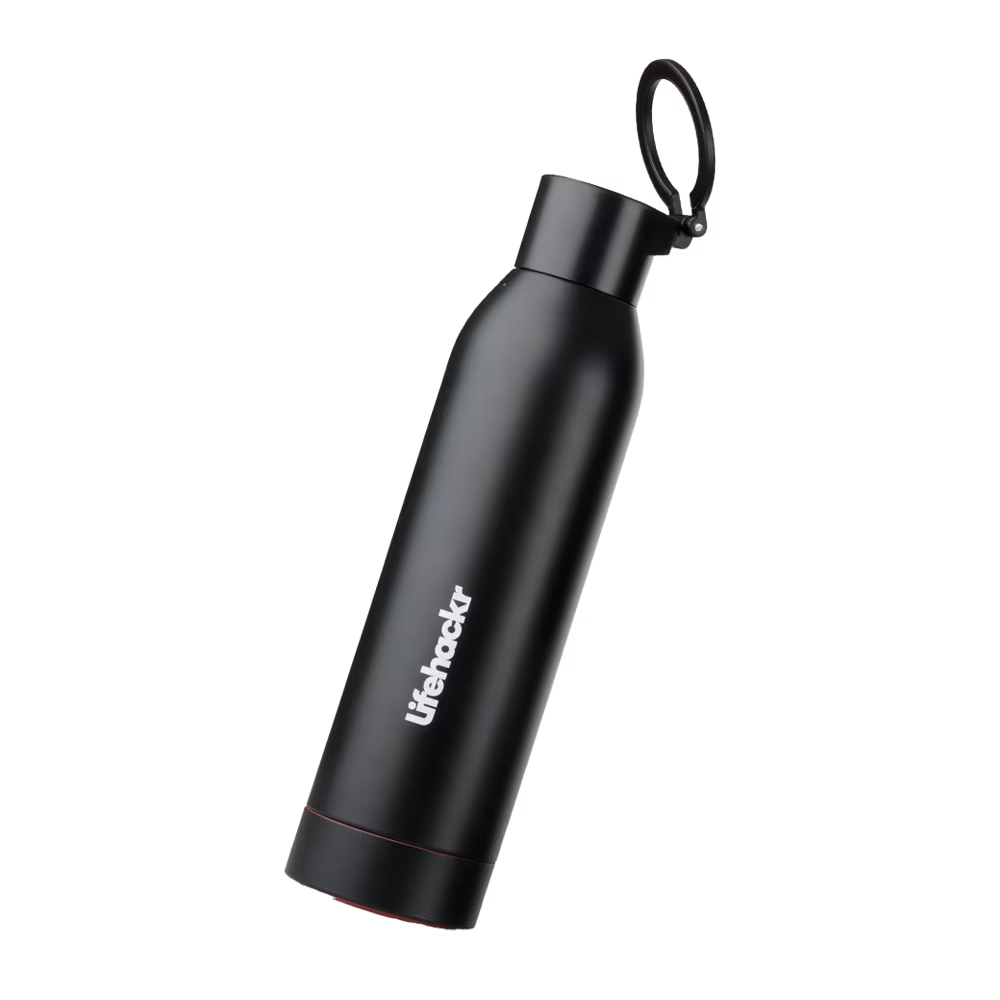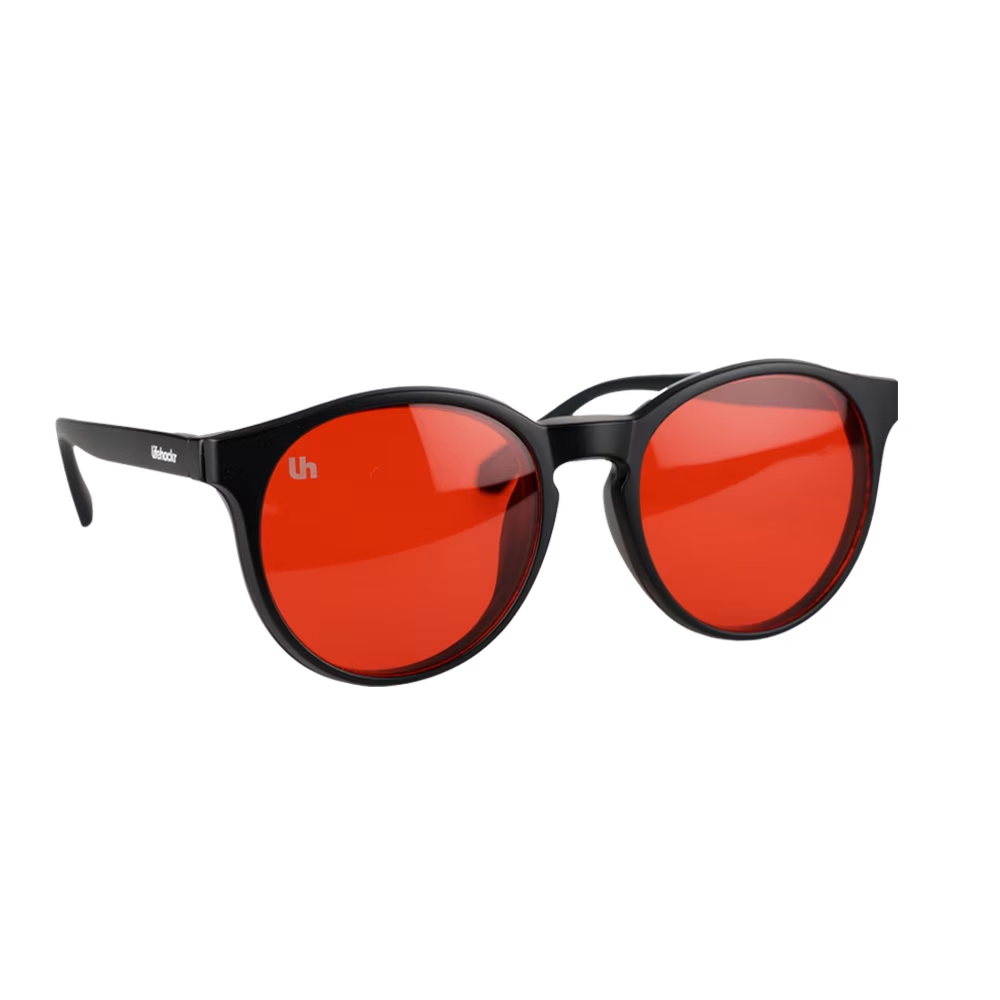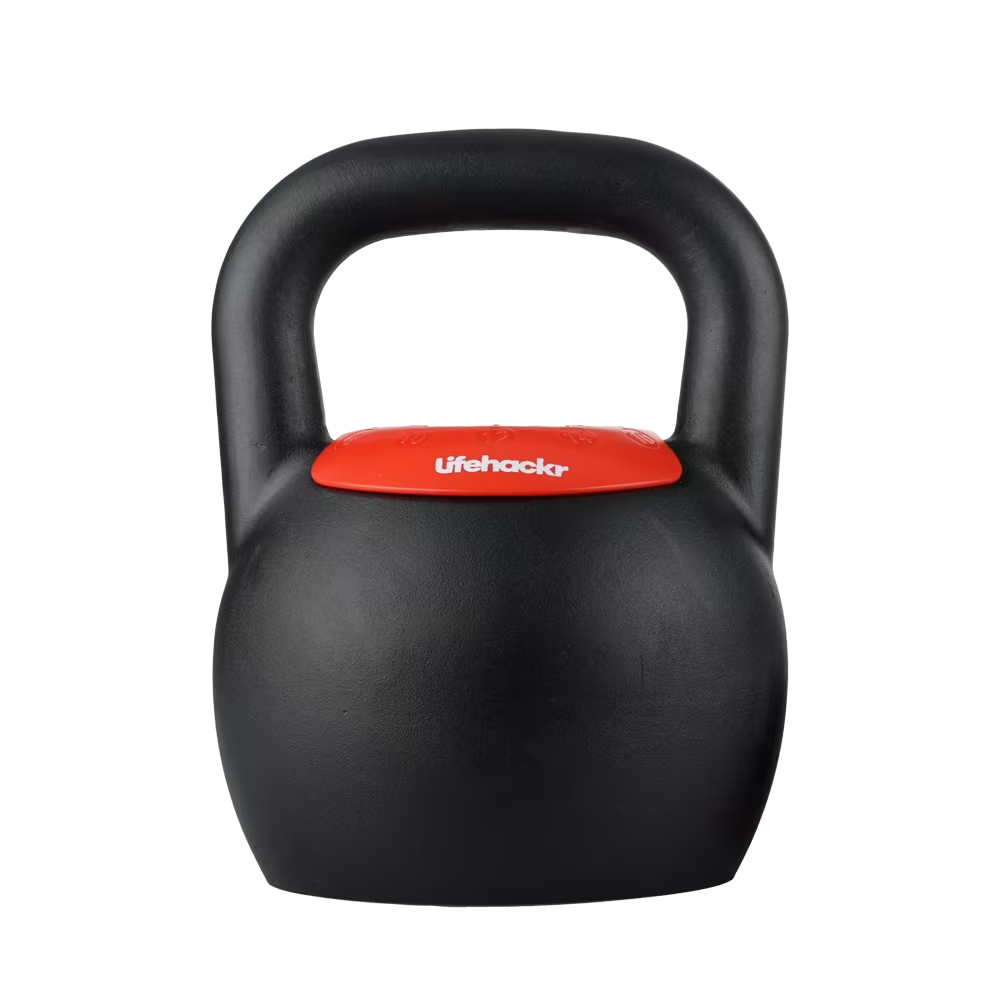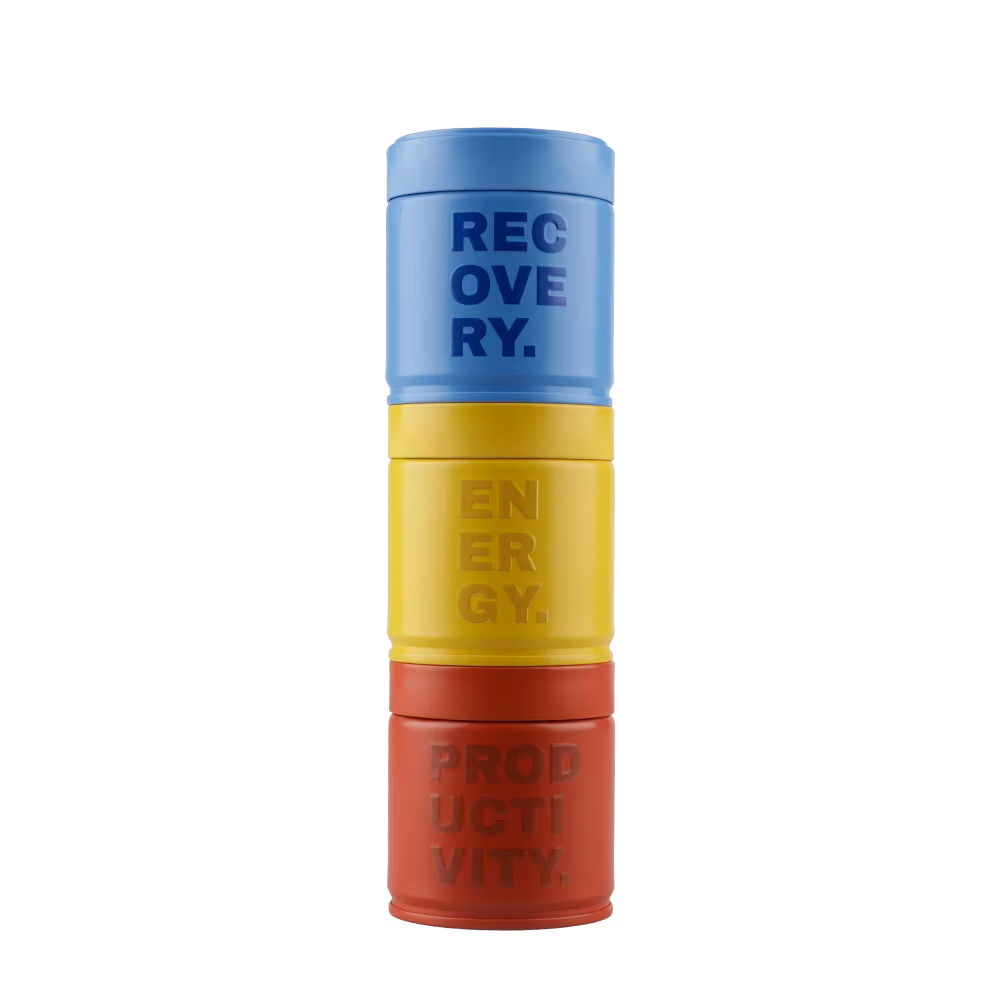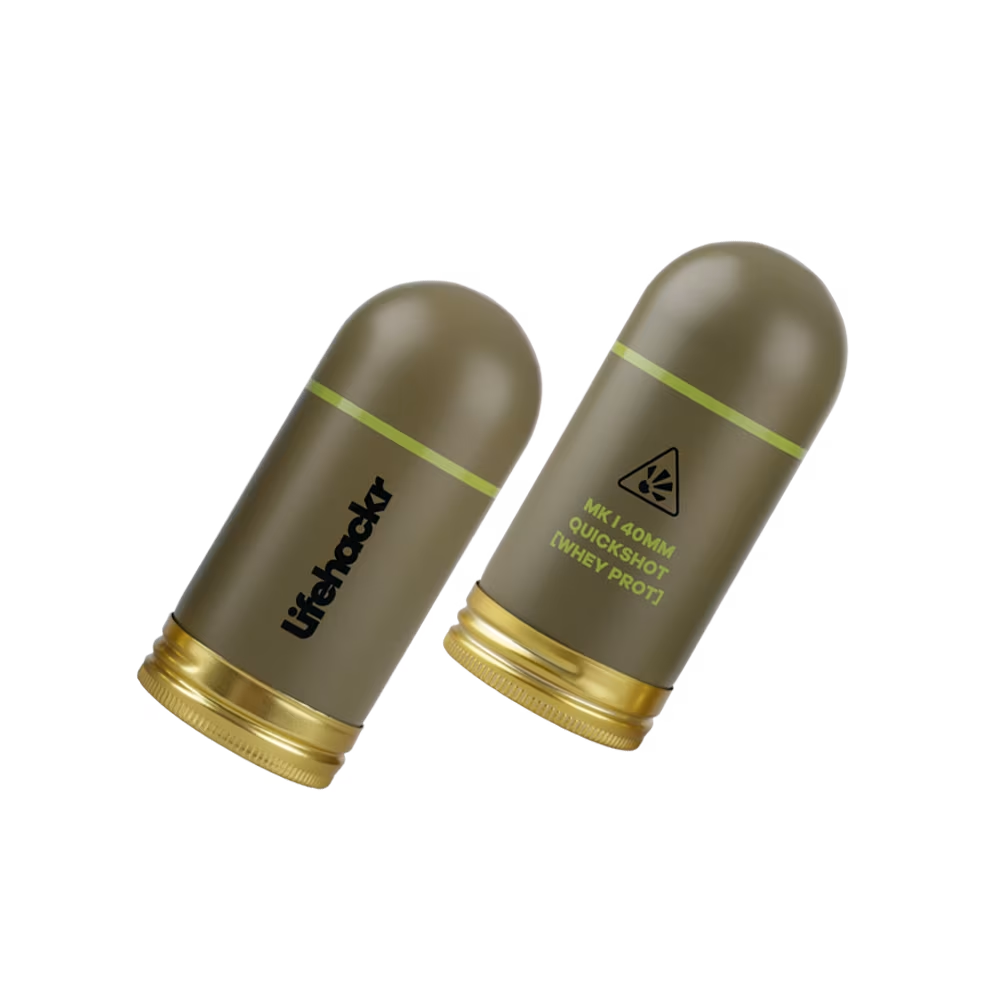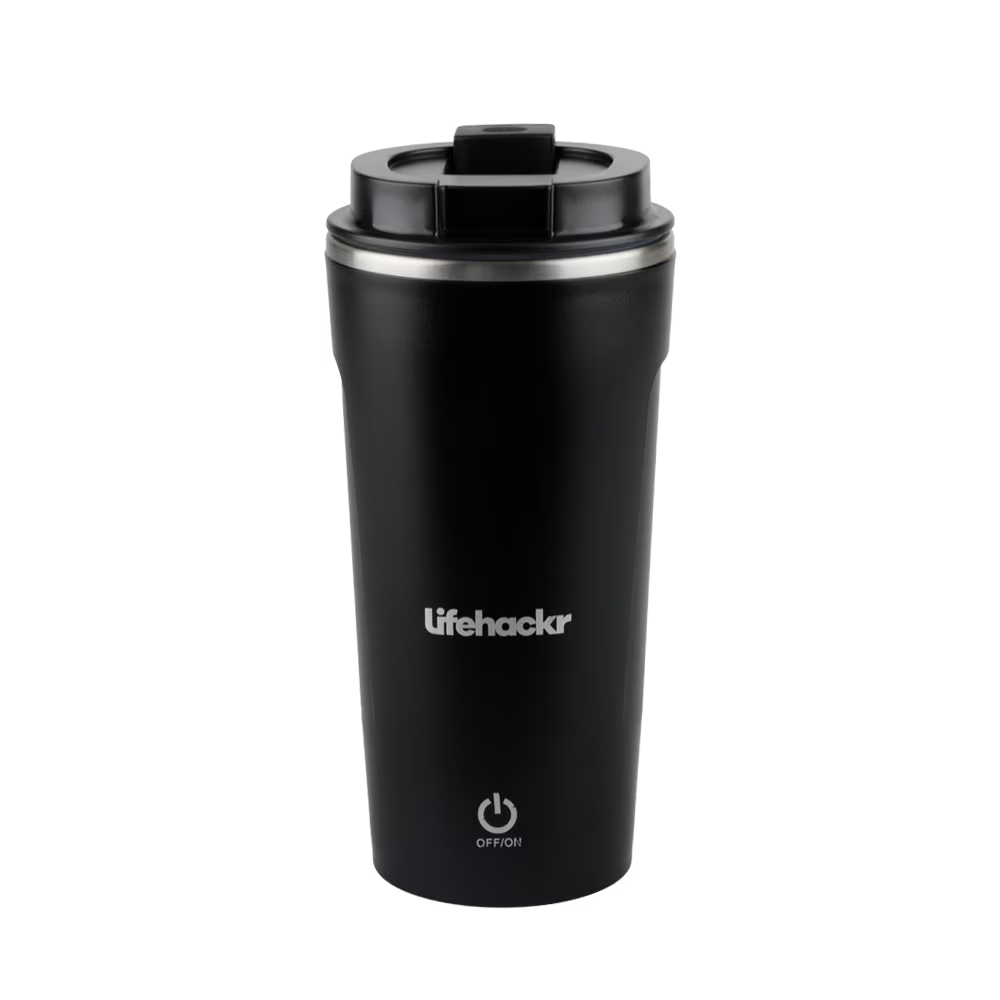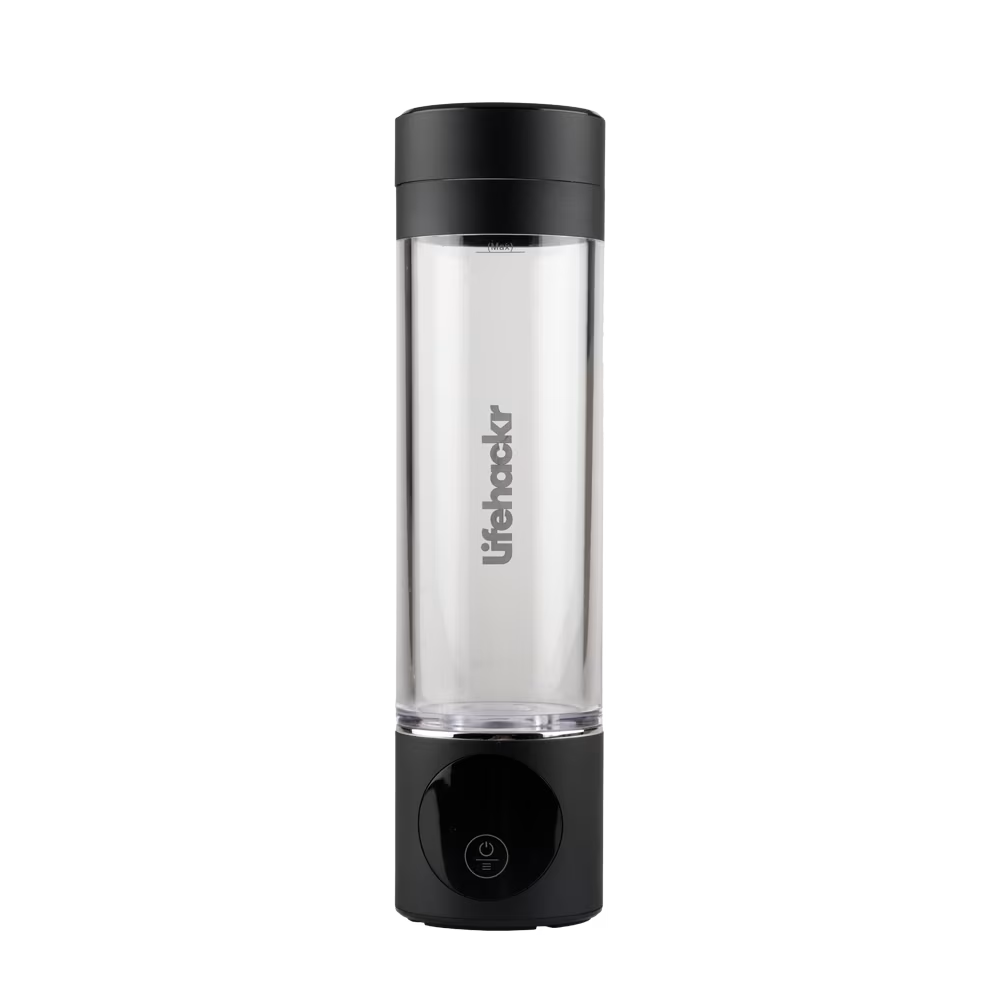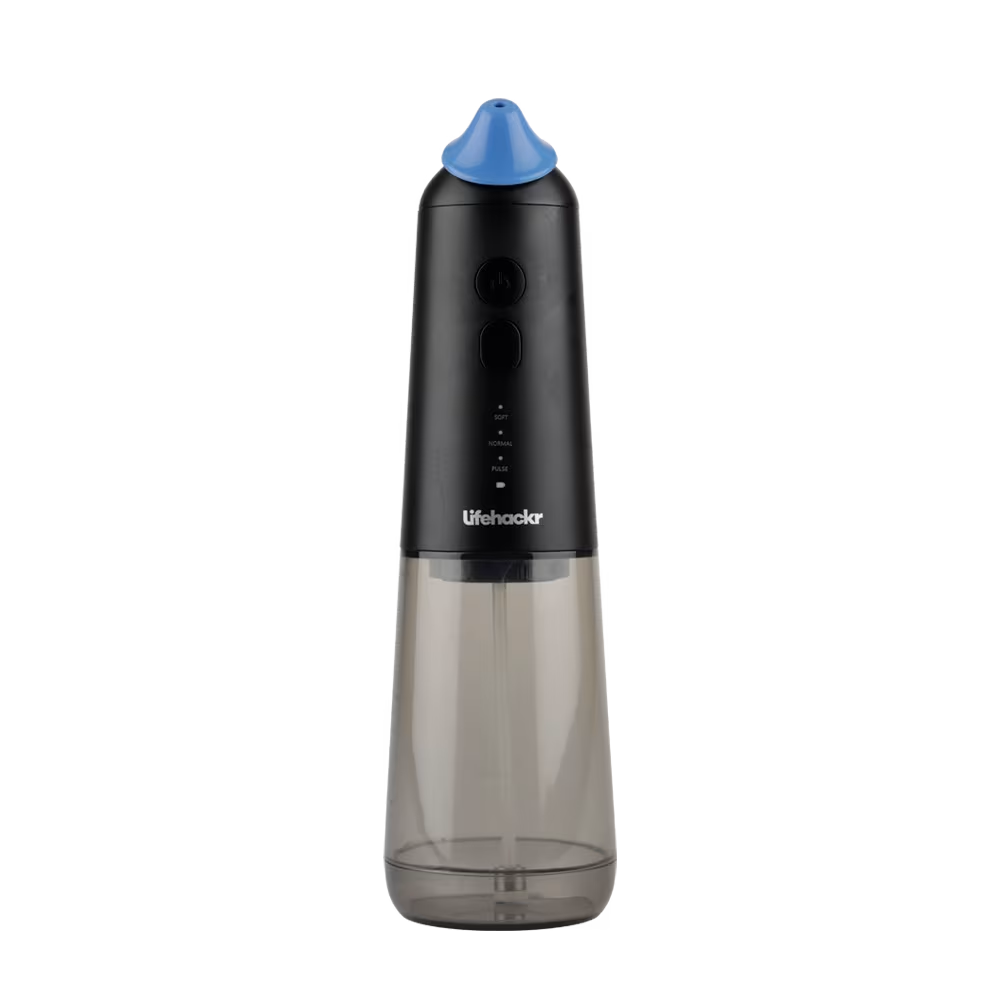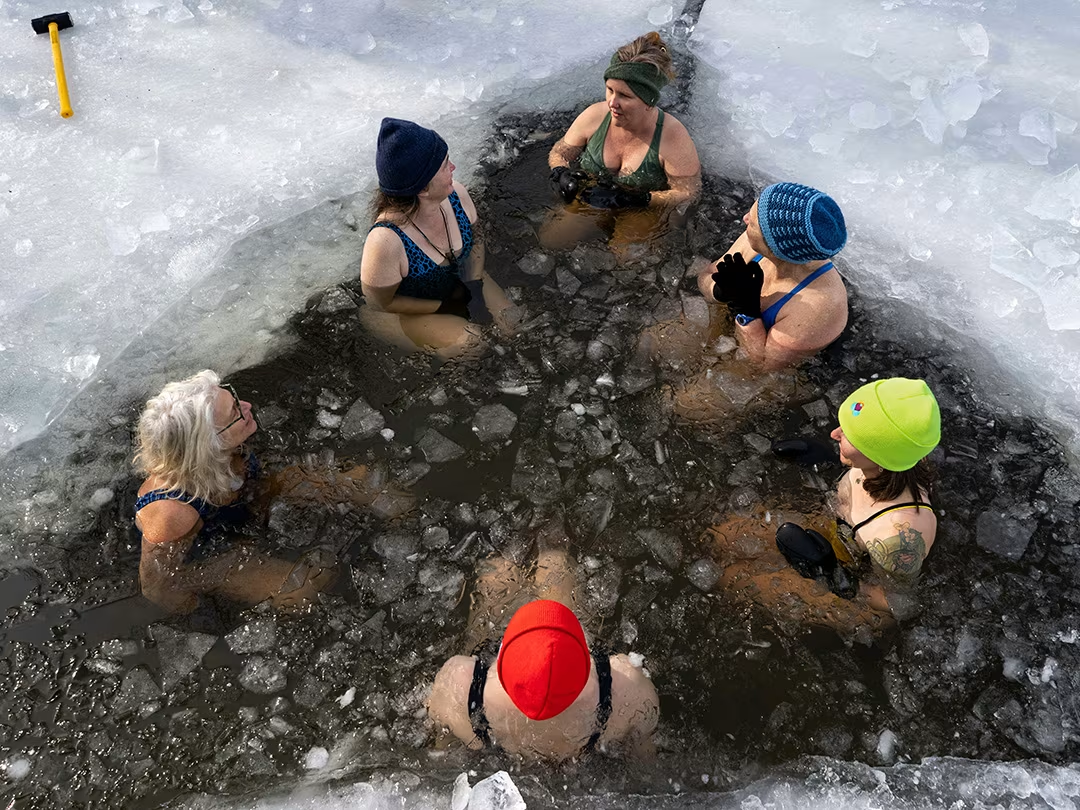
Cold Plunge Benefits: How to Use Cold Exposure Safely for Recovery and Focus
If you’ve scrolled through social media lately, you’ve seen it: people gritting their teeth in tubs of ice, emerging with steam rising from their skin and a triumphant grin. The cold plunge craze is here—but like most trends, it’s easy to get lost in hype and miss the real science behind it.
The truth is, deliberate cold exposure isn’t just a party trick for Instagram or a way to prove how “tough” you are. When done properly, it’s a potent tool for recovery, mental resilience, and even focus. Done recklessly, it can be dangerous. The difference lies in understanding how your body responds to cold—and applying that knowledge intentionally.
1. Recovery Through Vasoconstriction and Vasodilation
When you immerse yourself in cold water, your blood vessels constrict, reducing inflammation and slowing metabolic activity in tissues. This can help alleviate muscle soreness after intense training. As you warm back up, those vessels dilate, increasing circulation and flushing metabolic waste products. Think of it as a reset for your recovery system.
2. Hormetic Stress for Mental Resilience
Cold exposure is a form of hormesis—beneficial stress that makes your body and mind stronger. Just as lifting weights breaks down muscle fibers to rebuild them stronger, the discomfort of cold triggers adaptations in your nervous system, improving stress tolerance over time.
3. A Natural Dopamine Boost
Research shows that cold exposure can increase dopamine levels by more than 200%—and keep them elevated for hours. This isn’t the short, jittery spike you get from caffeine. It’s a steady, clear-headed lift that sharpens focus and motivation.
4. Improved Sleep Quality
Cold plunging in the evening (without overdoing it) can help lower core body temperature—a natural trigger for sleep onset. While not a substitute for proper sleep hygiene, it can be a useful part of a wind-down routine.
5. Metabolic Activation
Cold activates brown adipose tissue (BAT), which burns energy to generate heat. This process not only helps maintain body temperature but can also increase calorie expenditure. Over time, regular exposure can improve metabolic flexibility—the ability to switch between fuel sources efficiently.
How to Get Started Safely
- Start mild: You don’t need to begin with a 3-minute ice bath. Even cool showers can start the adaptation process.
- Mind the timing: Post-workout plunges can blunt hypertrophy (muscle growth) if you’re strength training. Use them strategically on recovery days.
- Control your breathing: Rapid breathing can spike stress levels. Focus on slow, controlled exhales.
- Know your limits: If you feel dizzy, numb, or disoriented, get out immediately. Cold shock and hypothermia are real risks.
Bringing It All Together
Cold exposure is a powerful lever for recovery, mental resilience, and focus—but only when used with intention and respect for your body’s limits. The LIFEHACKR® Cold mini-app guides you through safe, progressive protocols, tracks your adaptation, and integrates each session into your overall recovery plan.


